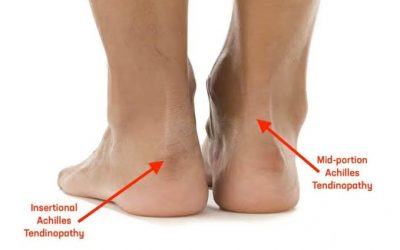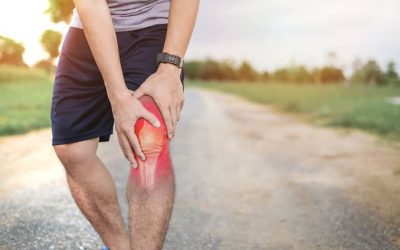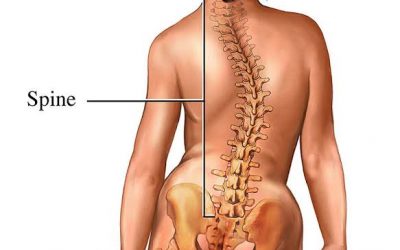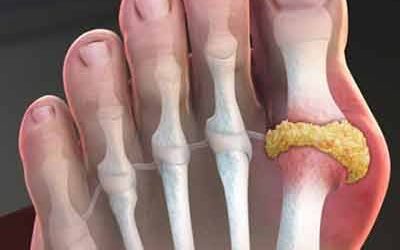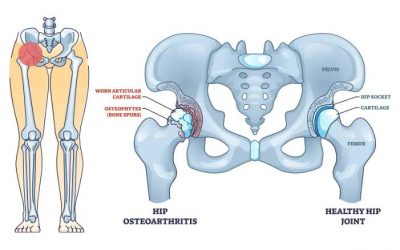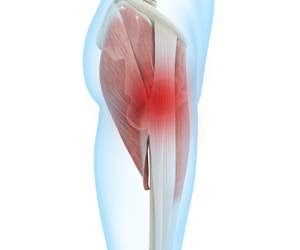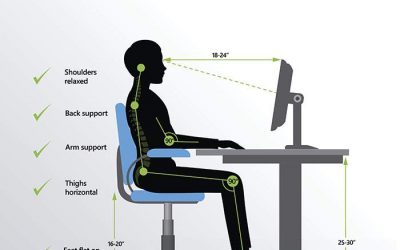Ankylosing Spondylitis
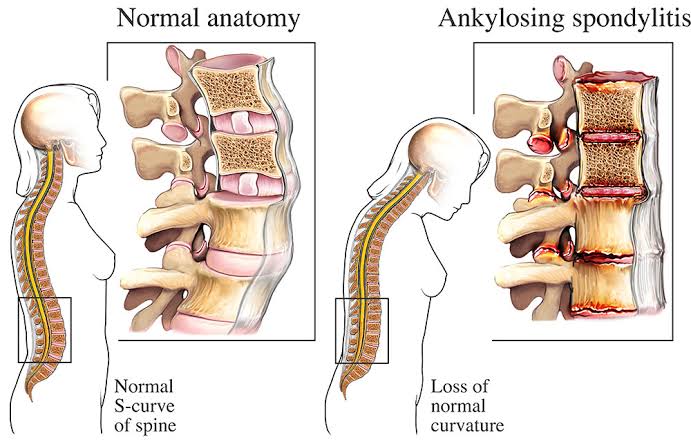

Ankylosing spondylitis (AS) is a rare type of autoimmune disease that causes arthritis in your spine. It’s a lifelong condition that usually starts in your lower back. It can spread up to your neck or damage joints in other parts of your body.
“Ankylosis” means fused bones or other hard tissue. “Spondylitis” means inflammation in your vertebrae, or spine bones. Severe cases can leave your spine hunched.
There’s no cure for AS, but medication and exercise can ease pain and help keep your back strong.
Causes
Ankylosing spondylitis has no known specific cause, though genetic factors seem to be involved. In particular, people who have a gene called HLA-B27 are at a greatly increased risk of developing ankylosing spondylitis. However, only some people with the gene develop the condition.
Symptoms
Symptoms of AS often start with inflammation in your sacroiliac joints, where your spine connects to your pelvis. You might first notice pain and stiffness in your lower back and hips.
If it gets worse, AS can affect places where your tendons and ligaments attach to bones. It can even cause your vertebrae to fuse together.
Other symptoms of ankylosing spondylitis
You might also have:
Neck pain or stiffness
Shoulder pain
Pain and stiffness in your rib cage
Pain in your hips or thighs
Foot, heel, or hand pain
Pain that’s worse in the morning or after you sit for a long time
A rigid spine that curves forward
Tiredness
Swelling in your joints
Skin rash
Problems with your vision
Shortness of breath
Diagnosis
During the physical exam, your health care provider might ask you to bend in different directions to test the range of motion in your spine. Your provider might try to reproduce your pain by pressing on specific portions of your pelvis or by moving your legs into a particular position. You also may be asked to take a deep breath to see if you have difficulty expanding your chest.
Imaging tests
X-rays allow doctors to check for changes in joints and bones, also called radiographic axial spondyloarthritis, though the visible signs of ankylosing spondylitis, also called axial spondyloarthritis, might not be evident early in the disease.
Magnetic resonance imaging (MRI) uses radio waves and a strong magnetic field to provide more-detailed images of bones and soft tissues. MRI scans can reveal evidence of nonradiographic axial spondyloarthritis earlier in the disease process, but they are much more expensive.
Lab tests
There are no specific lab tests to identify ankylosing spondylitis. Certain blood tests can check for markers of inflammation, but many different health problems can cause inflammation.
Blood can be tested for the HLA-B27 gene. But many people who have the gene don’t have ankylosing spondylitis, and people can have the disease without having the HLA-B27 gene.
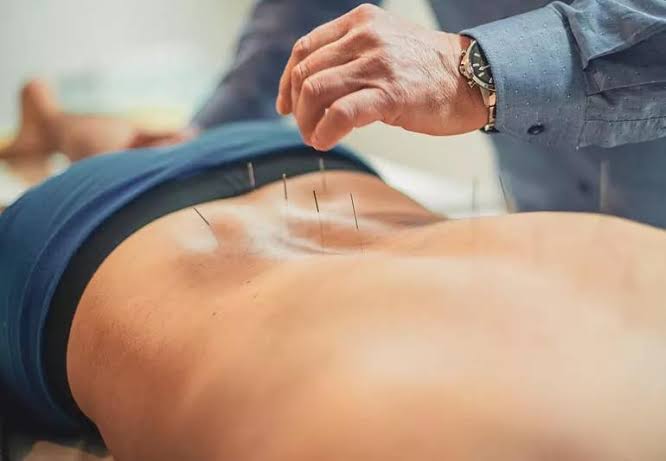
Treatment
There are many options for treating AS, both medically and through lifestyle changes.
Exercise. Staying active is one of the things you can do to lessen your symptoms. The less you sit or lie down, the better you’ll feel. Exercise helps you stand straighter and keeps your spine limber. Staying active can also ease pain.
Physical therapy.You’ll need to practice good posture, learn how to stretch tight muscles and keep your spine stable, and use other techniques that can ease your pain. You can do them at home, but most people benefit more from working with a professional physical therapist or with a group.
Medications for ankylosing spondylitis
Doctors commonly recommend nonsteroidal anti-inflammatory drugs (NSAIDS) such as naproxen sodium (Aleve) and ibuprofen (Advil, Motrin IB) to reduce inflammation and pain. They do have some possible side effects, such as intestinal bleeding.
If these don’t work, your doctor may have you try prescription medications such as tumor necrosis factor (TNF) blocker or an interleukin-17 (IL-17) inhibitor. These medications are injected under your skin or through your vein.
Self care
Lifestyle choices also can help manage ankylosing spondylitis.
Stay active. Exercise can help ease pain, maintain flexibility and improve your posture.
Don’t smoke. If you smoke, quit. Smoking is generally bad for your health, but it creates additional problems for people with ankylosing spondylitis, including further hampering breathing.
Practice good posture. Practicing standing straight in front of a mirror can help you avoid some of the problems associated with ankylosing spondylitis.
